CME hits Earth, sparks Geomagnetic storm! Stunning auroras seen even in Washington
A dangerous combination of CME and high-speed solar winds hit Earth just days ago, resulting in sparkling auroras even in areas that have very rarely seen any.
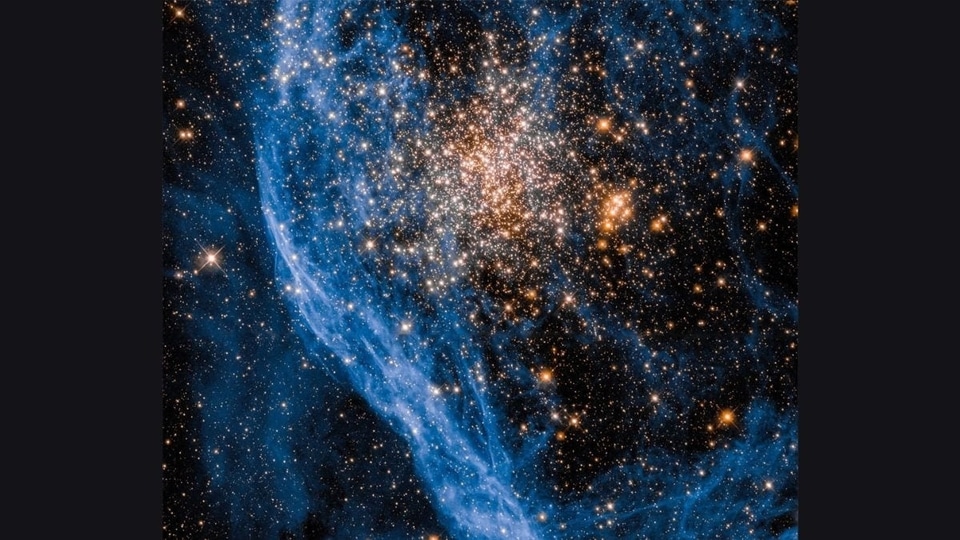
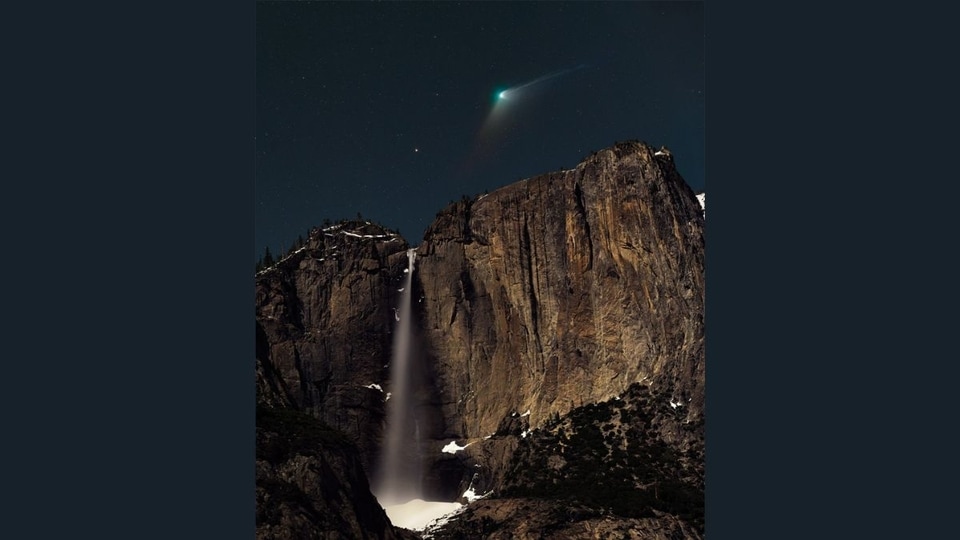
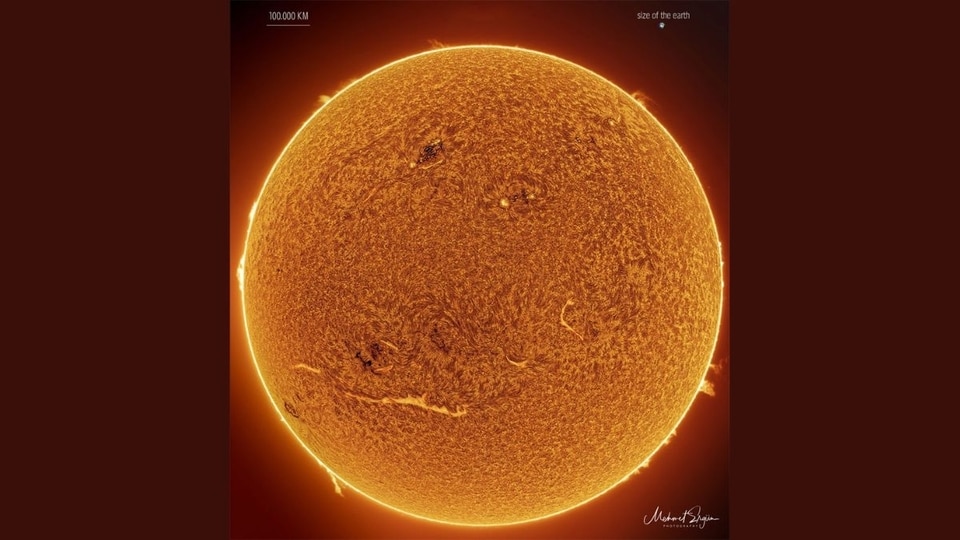
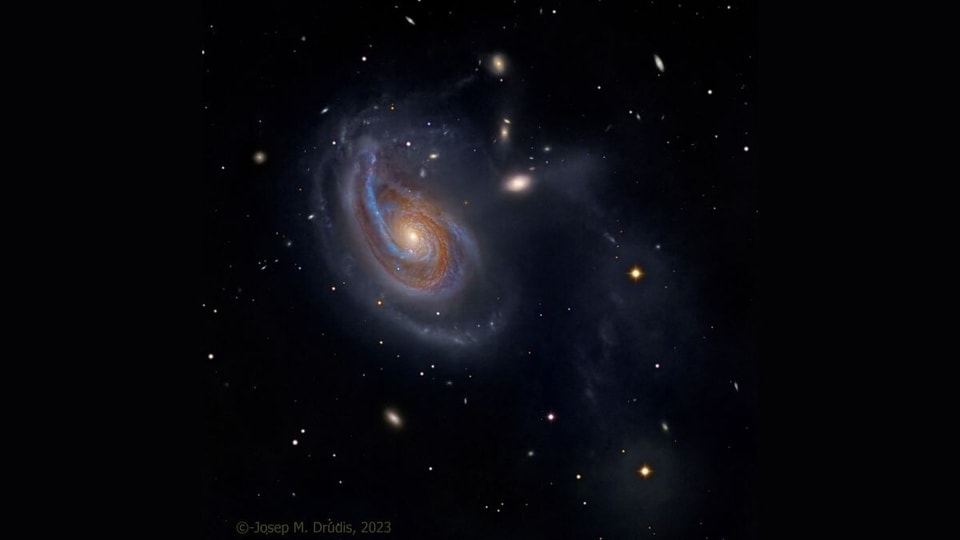
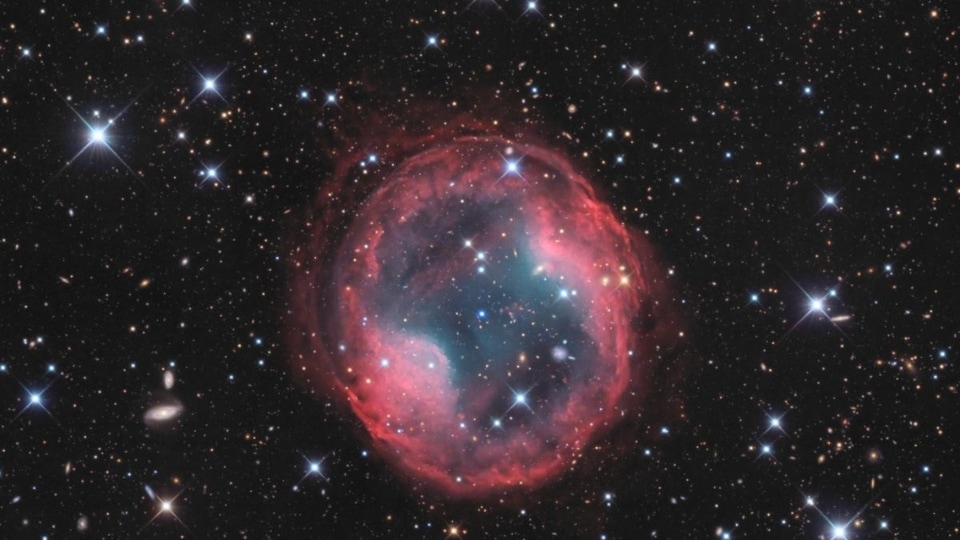

 View all Images
View all ImagesIt was recently reported that Earth was in the firing line of both a CME and solar winds. The National Oceanic and Atmospheric Administration (NOAA) reported that this double blow struck the planet yesterday, February 27, resulting in the most intense solar storm of 2023, with solar winds the fastest observed in years. This double blow had a major effect on the planet, albeit a beautiful one.
According to a spaceweather.com report, the strong CME and solar winds resulted in a dangerous G3-class Geomagnetic storm which brought sparkling auroras in areas across the world that have very rarely seen any. The aurora lights were seen in multiple US states including Oregon, Minnesota, Michigan, Pennsylvania, Wisconsin, Idaho, Montana, New Jersey and North Dakota. At maximum, the lights descended as far south as Colorado.
The report stated, “Earth's magnetic field is reverberating from the impact of a CME on Feb. 26th. Its arrival brought a gust of solar wind blowing faster than 800 km/s (the highest value in years) and triggered a strong G3-class geomagnetic storm.”
The stunning auroras were captured by astrophotographer Rocky Raybell from Keller, Washington. Raybell told spaceweather.com, “The auroras appeared at 7:15 pm PST. They were so bright, I was able to capture the red colors with only a 3-second exposure (ISO 3200).”
The G3-class solar storm event was so strong that aurora lights were seen in the UK, and parts of Europe including Norway and Denmark too.
How are Auroras formed?
The solar particles released during interaction of a solar storm with Earth's magnetic field further interact with the various gases present in our atmosphere and form stunning Auroras.
Cause behind it
This double event is likely an effect of a chain of explosions caused by the sunspot AR3229 igniting multiple solar flares within itself that released huge amounts of solar particles into space. Shockingly, NOAA DSCOVR satellite was not able to see the CME storm strike the Earth due to a grounding fault on February 27.
Catch all the Latest Tech News, Mobile News, Laptop News, Gaming news, Wearables News , How To News, also keep up with us on Whatsapp channel,Twitter, Facebook, Google News, and Instagram. For our latest videos, subscribe to our YouTube channel.































